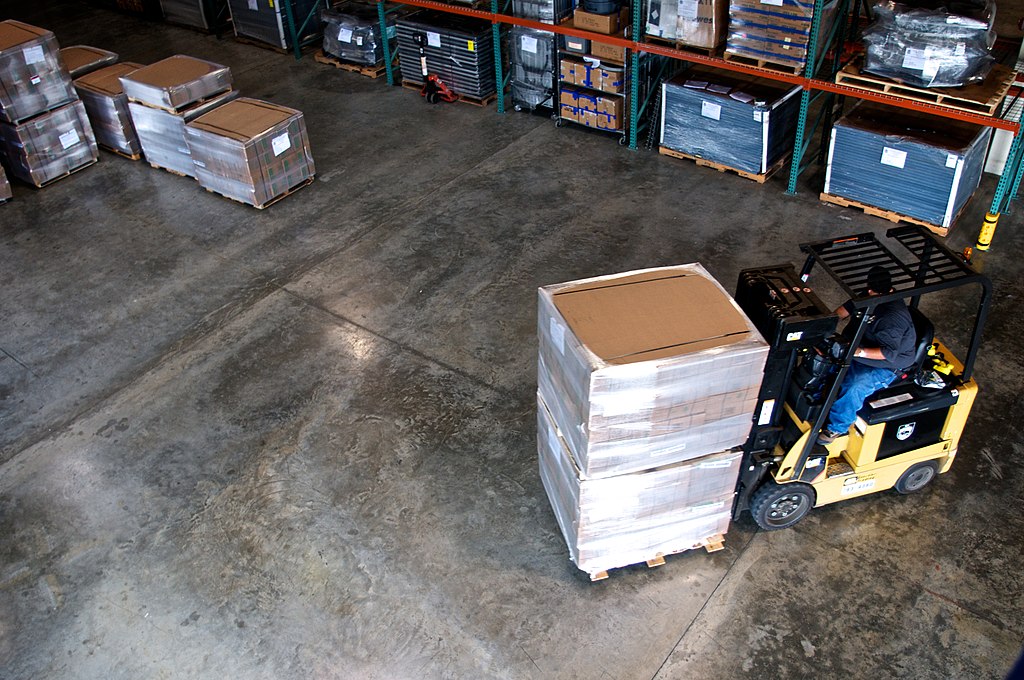In late 2019, while it seemed like the world had mastered supply chain management and the economy was set to continue reaching for the sky, a storm was brewing. Although contingency plans existed for just such a storm, no one understood the full impact it would eventually have on the logistics industry. In fact, this storm subverted some of the best-laid plans in manufacturing, shipping and delivery, leaving no industry untouched in its wake.
This storm was the initial wave of Sars-CoV-2, also known as Covid-19, and it decimated supply chains and caused massive ripple effects that had an impact on business owners, consumers and government. What supply chain management professionals experienced as a result of Covid-19 was something that had not been seen before, at least not on a global scale, and for the next two years, professionals in virtually every industry would have to find innovative solutions just to stay afloat.
The Current State Of Supply Chain Management
Due to lockdowns, business closures, healthcare restrictions, distancing rules and a myriad of other factors, supply chain management has been difficult to say the least. In 2022, things are still not where they were prior to Covid-19, but they have gotten better. The flow of goods has loosened while consumer demand has lessened slightly. Business owners who were able to weather the storm of Covid-19 are able to operate under mostly normal circumstances in pretty much every state.
The trucking industry, however, continues to grapple with driver shortage issues that have affected logistics professionals for years. Additionally, retail worker shortages have caused some stores to cut back on operating hours in order to handle supply chain matters like delivery acceptance, inventory and stocking. Online ordering and last-mile delivery have also changed the ways in which consumers obtain goods, meaning both retailers and supply chain management professionals have had to reevaluate their strategies.
Supply chain issues in the construction industry have been of particular concern as the housing market is intrinsically tied to the cost of new home construction. As demand for housing saw an increase during the pandemic, partially due to soaring home prices, the shortage of materials led to an increase in costs for building new structures. When supply chain woes were factored in, costs rose even higher as materials were harder to come by.
Where Things Stand Going Forward
In 2023, it’s anyone’s guess what will happen, and experts are split on what to expect in supply chain management. On the one hand, George Alessandria, an economist at the University of Rochester, believes that supply chain issues will continue to be a thorn in the side of logistics professionals well into 2023. Alessandria points to geopolitical factors like China’s vacillating lockdown policies and the conflict in Ukraine as issues that will continue to cause supply chain challenges going forward. Consumer demand for certain items is also shifting rapidly, partially due to pent-up demand during lockdowns that is continuing to trickle out as goods became more available but also due to changes in consumer spending habits.
Inflation is also an issue in all of this as well. The Federal Reserve has continued to raise interest rates, and since higher lending rates tend to lead to fewer borrowers, it’s expected that the economy itself will cool down further. Rates are being raised in order to combat inflation and potentially stave off a recession, but some business leaders believe America’s economy is already in a recessionary period. As inflation erodes purchasing power, the flow of goods will inevitably be affected since manufacturing depends largely on this purchasing power to move goods.
On a more positive note, Bloomberg reports that signs of normalization in supply chain management are materializing in 2023. Quoted in a Bloomberg report, Oren Klachkin, lead economist at Oxford University, believes that “Supply chain conditions should stay on a more encouraging trajectory in the final stretch of 2022 and in 2023. One of the benefits of weakening demand is it will ease stress in supply chains.”


